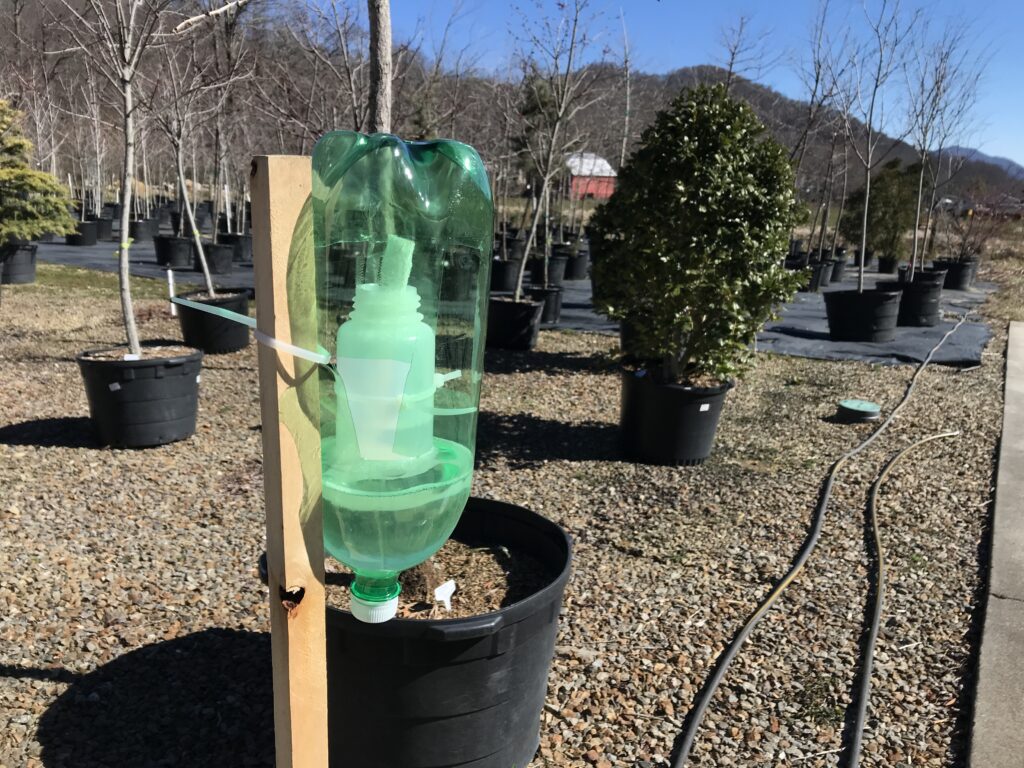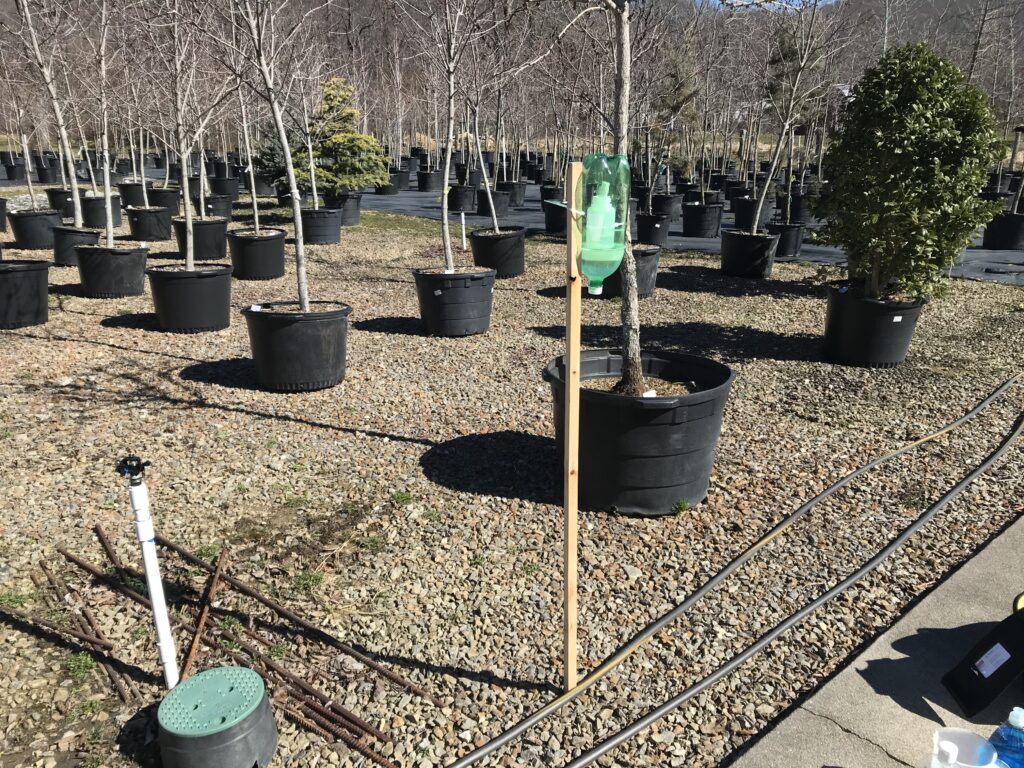Trapping for Granulate Ambrosia Beetles Is Underway in Haywood County
go.ncsu.edu/readext?779603
en Español / em Português
El inglés es el idioma de control de esta página. En la medida en que haya algún conflicto entre la traducción al inglés y la traducción, el inglés prevalece.
Al hacer clic en el enlace de traducción se activa un servicio de traducción gratuito para convertir la página al español. Al igual que con cualquier traducción por Internet, la conversión no es sensible al contexto y puede que no traduzca el texto en su significado original. NC State Extension no garantiza la exactitud del texto traducido. Por favor, tenga en cuenta que algunas aplicaciones y/o servicios pueden no funcionar como se espera cuando se traducen.
Português
Inglês é o idioma de controle desta página. Na medida que haja algum conflito entre o texto original em Inglês e a tradução, o Inglês prevalece.
Ao clicar no link de tradução, um serviço gratuito de tradução será ativado para converter a página para o Português. Como em qualquer tradução pela internet, a conversão não é sensivel ao contexto e pode não ocorrer a tradução para o significado orginal. O serviço de Extensão da Carolina do Norte (NC State Extension) não garante a exatidão do texto traduzido. Por favor, observe que algumas funções ou serviços podem não funcionar como esperado após a tradução.
English
English is the controlling language of this page. To the extent there is any conflict between the English text and the translation, English controls.
Clicking on the translation link activates a free translation service to convert the page to Spanish. As with any Internet translation, the conversion is not context-sensitive and may not translate the text to its original meaning. NC State Extension does not guarantee the accuracy of the translated text. Please note that some applications and/or services may not function as expected when translated.
Collapse ▲Granulate [Asian] ambrosia beetles are destructive insect pests, and a big concern for nursery growers throughout North Carolina. These tiny insects are attracted mainly to stressed or recently-transplanted trees, as well as trees with thin bark (i.e. maple species) that are roughly 1-2 inches in diameter. Last spring, a local nursery grower came to our office with visible signs of infestation in their maple tree crop. Unfortunately, once the beetles are inside the trees no insecticides are effective and the only control measure available is to destroy the infested crop, ultimately resulting in hundreds if not thousands of dollars in lost revenue.
Early this spring, Haywood County Horticulture Agent Sam Marshall began a trapping program to detect early signs of ambrosia beetle emergence so as to provide critical timing of insecticide applications which ultimately saves time, money, and any negative effects to the environment. This is one example of Integrated Pest Management and how it can be used to make more informed decisions about when to use insecticides. Read more about IPM in our ‘Learn to Grow’ series.
Home gardeners can use this trapping method as well for trees in home landscapes as well. Find more on granulate ambrosia beetles and how to construct traps.






